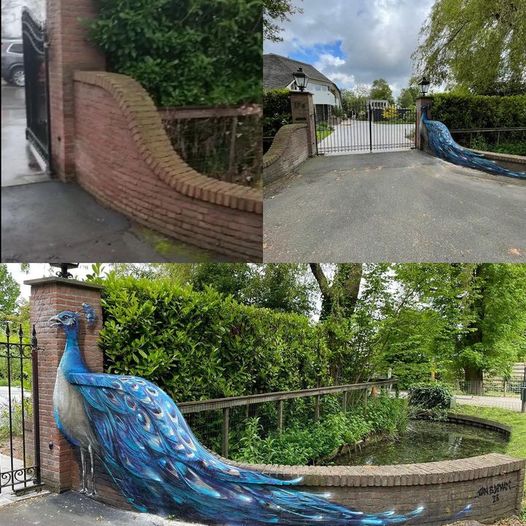In 1935, archaeologists unearthed the Skrydstrup Woman from a burial mound near Vojens in southern Denmark, revealing a captivating glimpse into Bronze Age society. Radiocarbon dating places her death between 1382 and 1129 BC, when she was approximately 18 to 19 years old.
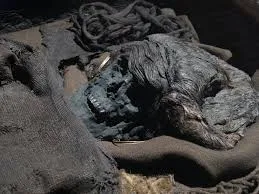
Her burial attire underscores her high social standing. She wore a short-sleeved woolen blouse with intricate embroidery at the sleeves and neckline, complemented by a large square woolen cloth wrapped around her waist down to her feet. A finely crafted horn comb was attached to her belt, and she adorned large 24-karat gold spiral earrings, further signifying her elite status.
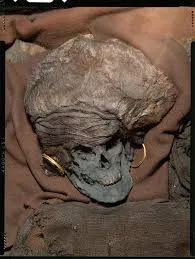
The most remarkable aspect of her appearance is her elaborate hairstyle. Her ash-blonde hair, measuring about 60 centimeters, was styled into a sophisticated coiffure that would have required several hours and assistance to achieve. Covering her hair was a finely crafted hair net made using the sprang technique from unbraided horsehair, secured with a nearly five-meter-long woolen cord wrapped multiple times around her head.
Isotope analyses of her remains suggest that the Skrydstrup Woman was not native to Denmark. Research indicates she may have originated from regions corresponding to present-day Czech Republic, Germany, France, or Sweden, highlighting the extensive mobility and long-distance connections during the Nordic Bronze Age.
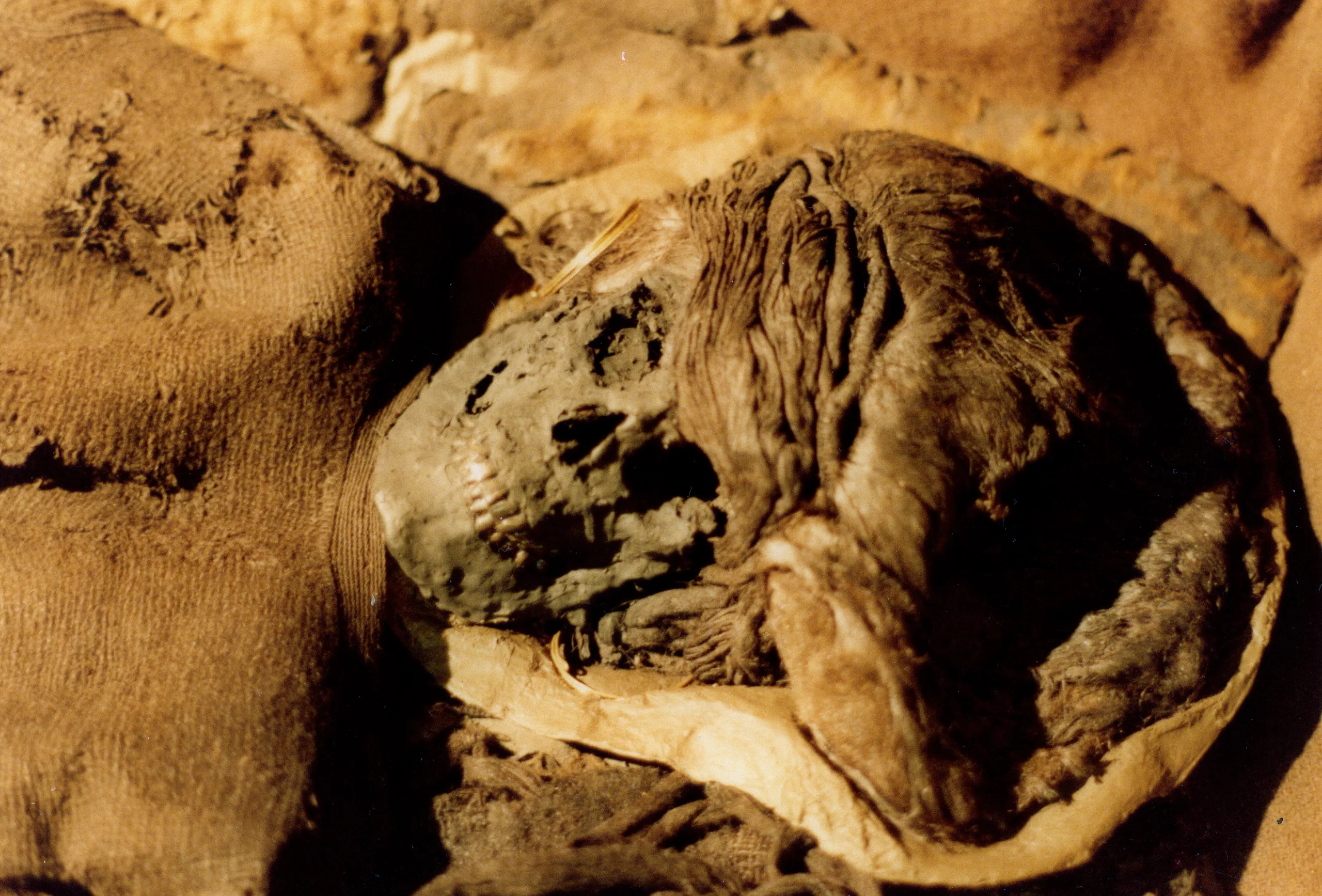
She likely arrived in the Skrydstrup area around the age of 13 or 14 and remained there until her death, possibly as part of an alliance or marriage arrangement.
The discovery of two large longhouses near her burial site, including one measuring approximately 500 square meters—the largest known three-aisled house from the early Bronze Age—suggests that the area was a center of wealth and significance. The presence of numerous burial mounds and valuable artifacts such as bronze and gold further supports this notion.
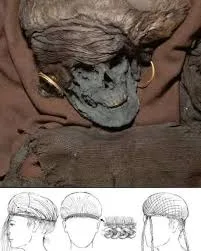
The Skrydstrup Woman’s well-preserved remains offer invaluable insights into the social hierarchy, fashion, and cultural exchanges of her time. Her elaborate attire and hairstyle reflect the sophistication of Bronze Age craftsmanship and the importance of appearance in signaling status. Moreover, her non-local origin underscores the mobility and interconnectedness of prehistoric European societies, challenging previous assumptions about the roles and movements of women during this period.
Her discovery continues to intrigue archaeologists and historians, shedding light on the lives of high-ranking individuals in prehistoric Scandinavia and enriching our understanding of the complex social dynamics of the Nordic Bronze Age.

